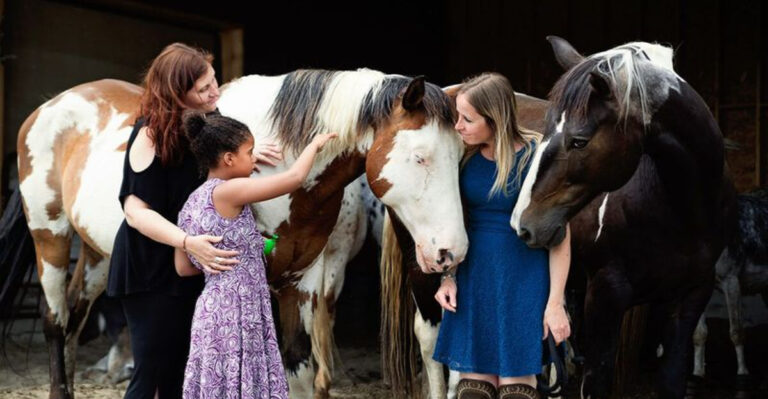Adopting A Cat? 17 Cat Adoption Mistakes To Avoid
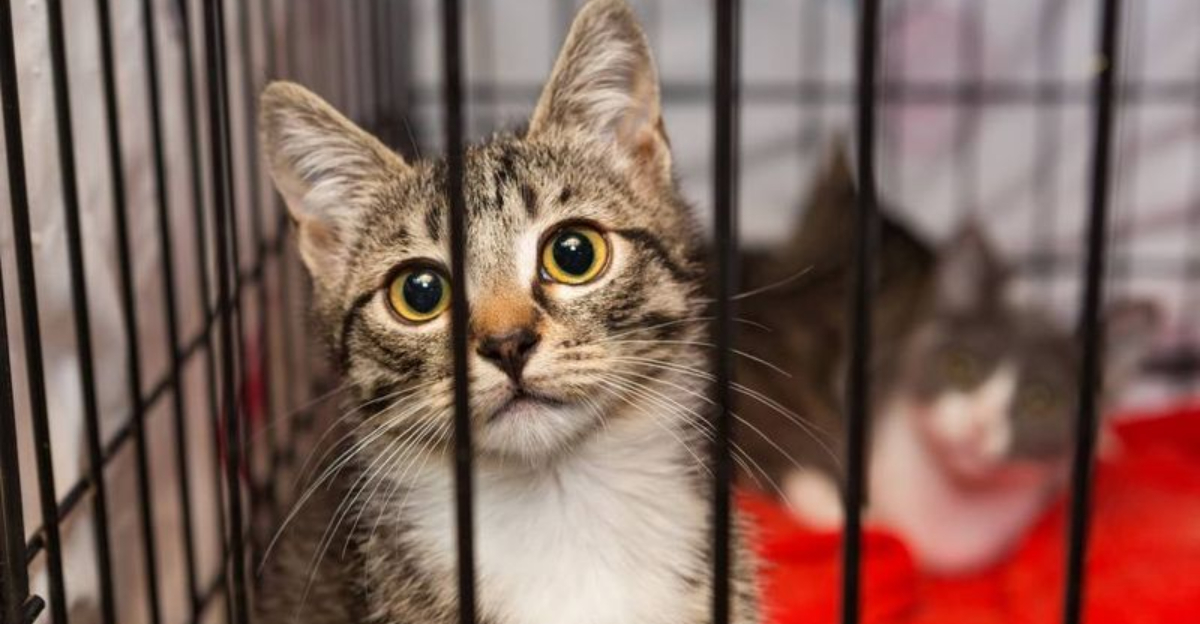
Bringing a new feline friend home is exciting, but the journey can be filled with unexpected challenges.
Many first-time cat parents make simple mistakes that could affect both their happiness and their new pet’s wellbeing.
Whether you’re considering adopting your first kitty or adding another furry member to your family, knowing these common pitfalls can make the transition smoother for everyone involved.
1. Choosing A Cat Based Only On Looks

That adorable face might steal your heart at the shelter, but personality matters more than appearance in the long run. Different breeds and individuals have vastly different temperaments, energy levels, and needs.
Some cats are independent while others demand constant attention. Consider your lifestyle honestly – are you home often? Do you prefer a playful companion or a calm lap cat? Matching your personality with your cat’s will lead to a more harmonious relationship.
2. Skipping The Pre-Adoption Research
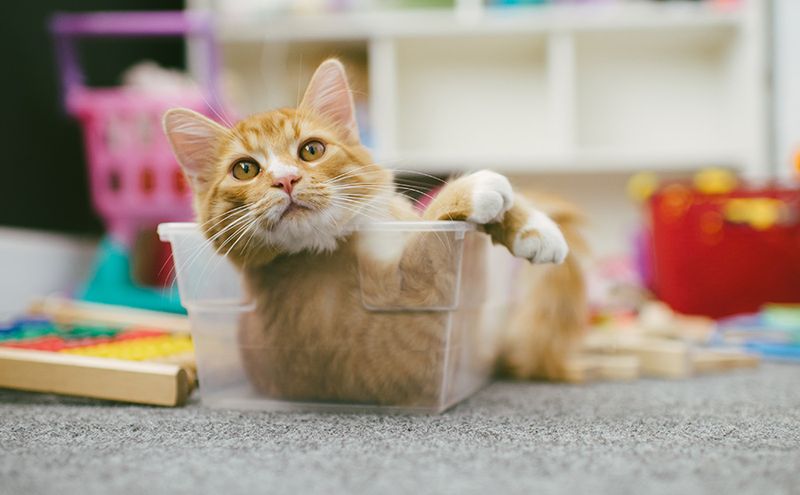
Knowledge is your best friend when welcoming a new cat. Many adopters rush into cat parenthood without understanding basic feline needs, expected costs, or common health issues.
Cats typically live 15-20 years – that’s a long commitment! Research typical expenses like food, litter, toys, scratching posts, and veterinary care. Learn about proper nutrition, grooming requirements, and behavior training before bringing kitty home.
3. Forgetting To Cat-Proof Your Home
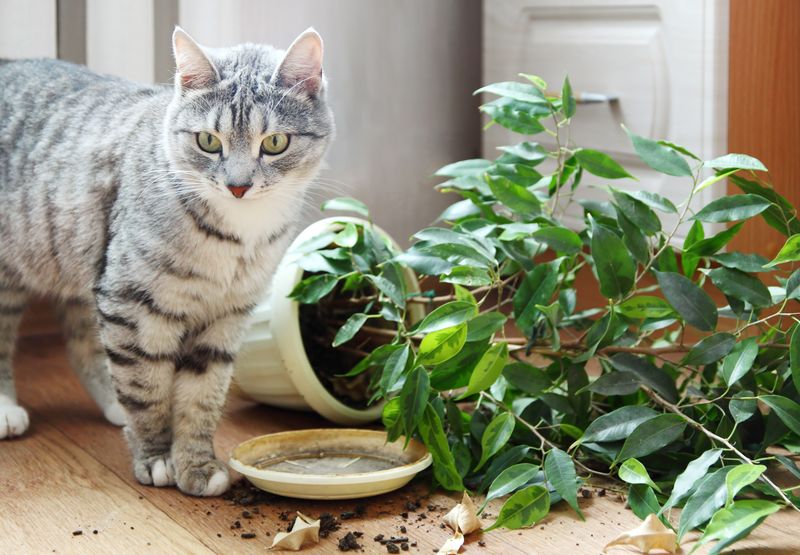
Cats are natural explorers with an uncanny ability to find trouble. Dangling cords, toxic plants, and small swallowable items can become dangerous hazards for curious kitties.
Secure loose wires with cord protectors. Remove lilies, tulips, and other toxic plants completely – even small ingestions can cause kidney failure. Lock away household chemicals and medications. Create high perches for safe viewing and install window screens to prevent falls.
4. Buying Inadequate Supplies
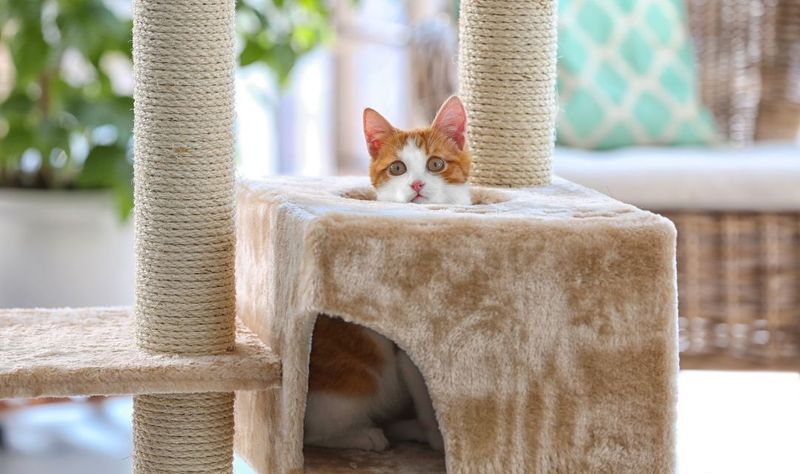
That tiny litter box might seem sufficient for now, but cats need appropriate-sized equipment. Cutting corners on essential supplies often leads to behavior problems and frustration for both of you.
Litter boxes should be 1.5 times your cat’s length. Food and water bowls should be wide and shallow to prevent whisker fatigue. Scratching posts must be tall enough for a full stretch. Quality carriers, comfortable beds, and engaging toys aren’t luxuries – they’re necessities for a well-adjusted feline.
5. Overlooking Medical History
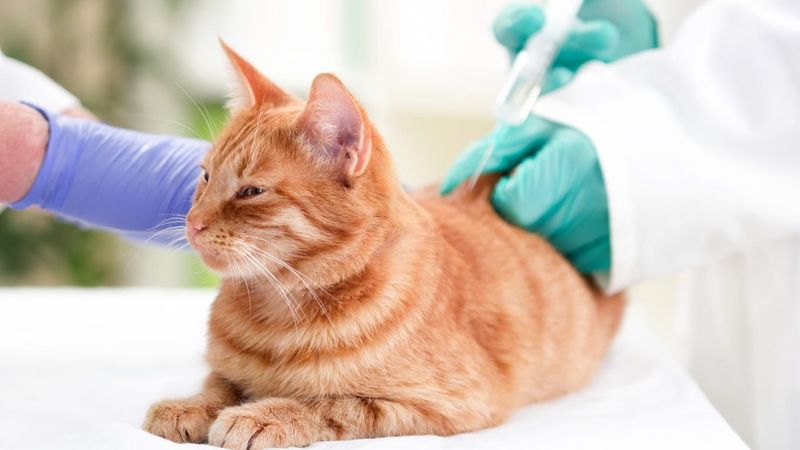
Every snuffle and sneeze in your cat’s past matters. Skipping the medical background check can result in unexpected health issues and expenses down the road.
Ask detailed questions about previous illnesses, vaccinations, dental work, and any chronic conditions. Has the cat been tested for FIV and FeLV? What preventative care has been provided? Understanding your new companion’s health history helps you provide appropriate care and budget for potential special needs.
6. Rushing The Introduction Process
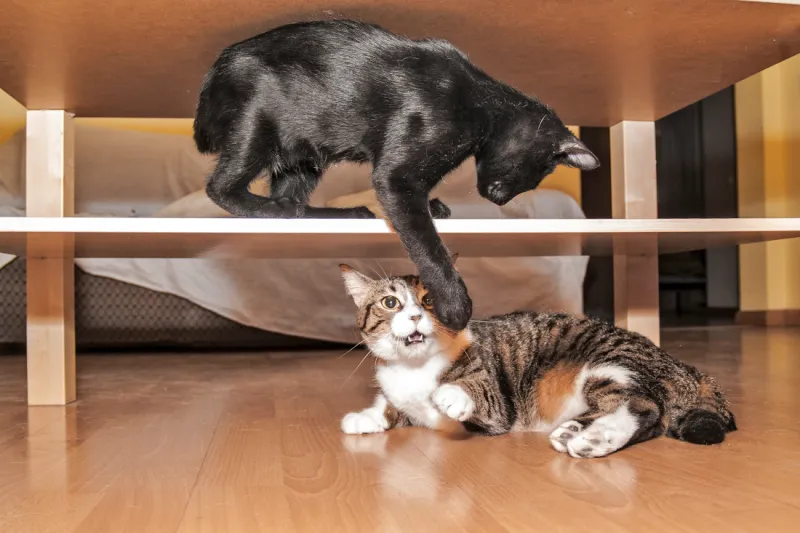
Cats aren’t instant friends – they need time to adjust to new environments and companions. Forcing quick introductions to resident pets or family members often creates lasting tensions and behavior problems.
Set up a quiet room with all essentials for your new cat’s first week. Allow gradual exploration of your home while controlling interactions with other pets through scent exchanges and visual barriers. Children should learn proper handling techniques before unsupervised time with the new family member.
7. Ignoring A Cat’s Body Language
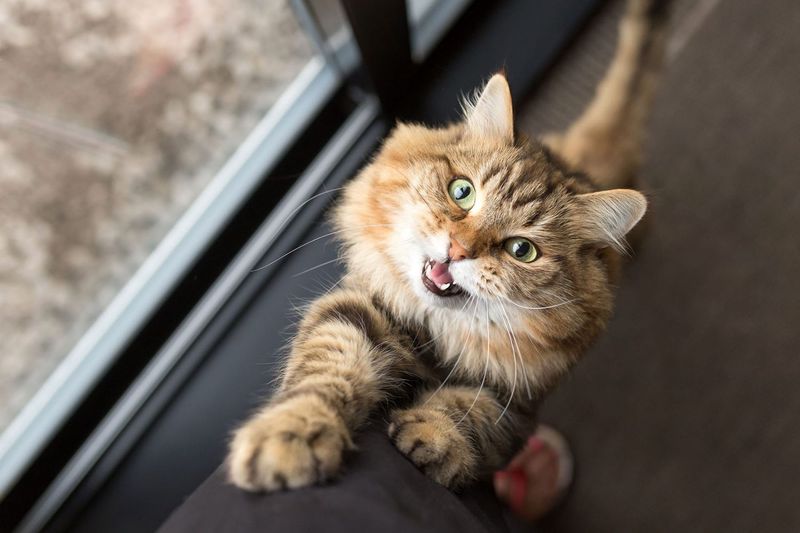
Cats speak volumes without saying a word. Flattened ears, puffed tails, and dilated pupils are their way of communicating discomfort, yet many new owners miss these crucial signals.
Slow blinking indicates trust, while tail swishing often signals irritation. Purring usually means contentment, but can sometimes indicate pain in certain contexts. Learning to read these subtle cues prevents stress and potential scratches or bites when your cat needs space.
8. Declawing
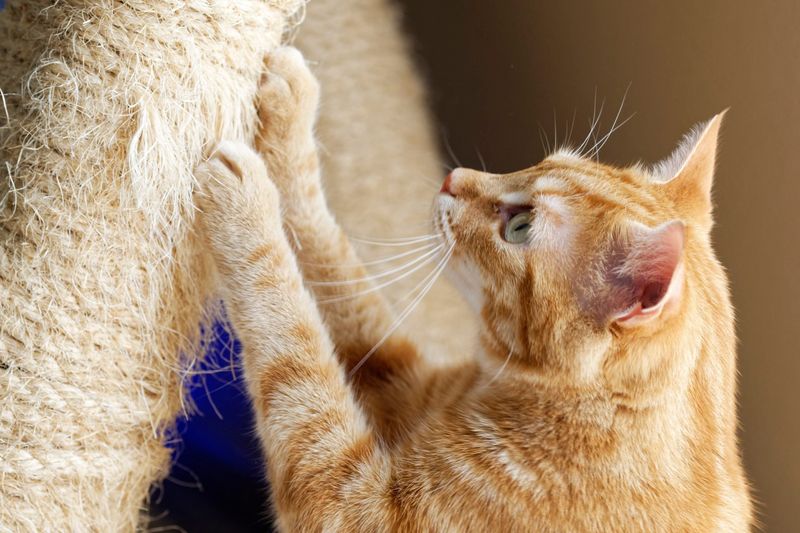
Scratched furniture prompts some owners to consider declawing, often without realizing this procedure actually amputates the last bone of each toe. This painful surgery can lead to lifelong physical and behavioral problems.
Instead, provide appropriate scratching surfaces in strategic locations. Trim nails regularly or try soft nail caps that cover claws humanely. Training with positive reinforcement and deterrent sprays on furniture helps redirect natural scratching behaviors without causing harm.
9. Feeding Inappropriate Foods

Those pleading eyes make it tempting to share your dinner, but human food can harm your feline friend. Common items like onions, garlic, chocolate, and alcohol are toxic to cats, while milk often causes digestive upset despite popular belief.
Cats are obligate carnivores requiring meat-based diets high in protein. Choose quality cat food appropriate for your pet’s age and health status. Sudden diet changes cause stomach issues, so transition gradually. Always provide fresh water and consult your vet about proper portion sizes.
10. Expecting Instant Litter Box Success

Litter box issues rank among the top reasons cats are surrendered to shelters. New owners often assume all cats instinctively use litter boxes perfectly, but various factors can disrupt this behavior.
Location matters – boxes should be easily accessible but away from food and high-traffic areas. Most cats prefer unscented, clumping litter with a sandy texture. Clean boxes daily and provide one box per cat plus an extra. Address accidents promptly with enzyme cleaners rather than punishment.
11. Skimping On Veterinary Care
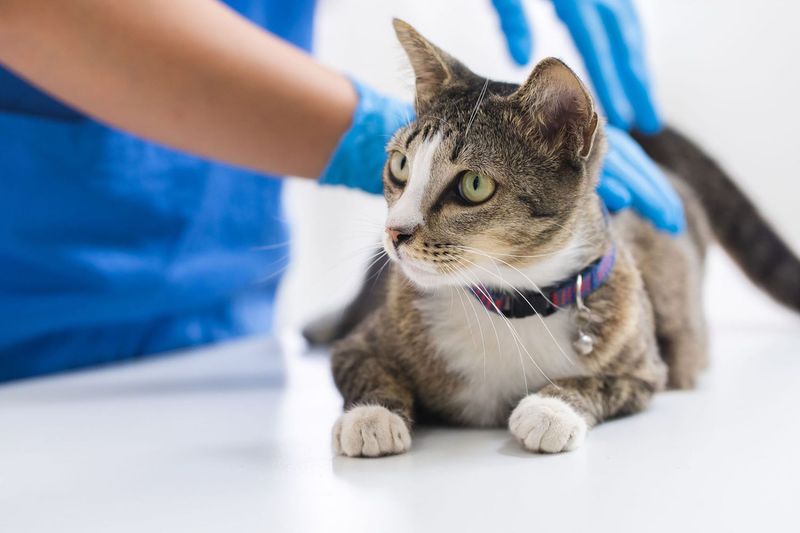
Regular checkups seem expensive until you’re facing a preventable emergency. Cats hide illness remarkably well, making professional examinations crucial for detecting problems early.
Schedule wellness visits at least annually (twice yearly for seniors). Stay current with vaccinations and parasite prevention. Dental care prevents painful conditions and expensive extractions later. Consider pet insurance or start a savings fund specifically for veterinary emergencies to ensure you’re prepared for unexpected health issues.
12. Misunderstanding Normal Cat Behavior

Night zoomies, kneading, and batting objects off tables aren’t signs of a badly behaved cat. These are normal feline behaviors that surprise unprepared owners who mistakenly label their cats as destructive or problematic.
Cats naturally hunt at dawn and dusk, explaining those 4 AM activity bursts. Scratching marks territory and maintains claw health. Kneading shows contentment from kittenhood nursing behaviors. Understanding these instinctive actions helps you channel them appropriately rather than fighting natural cat tendencies.
13. Forcing Affection On Your Terms
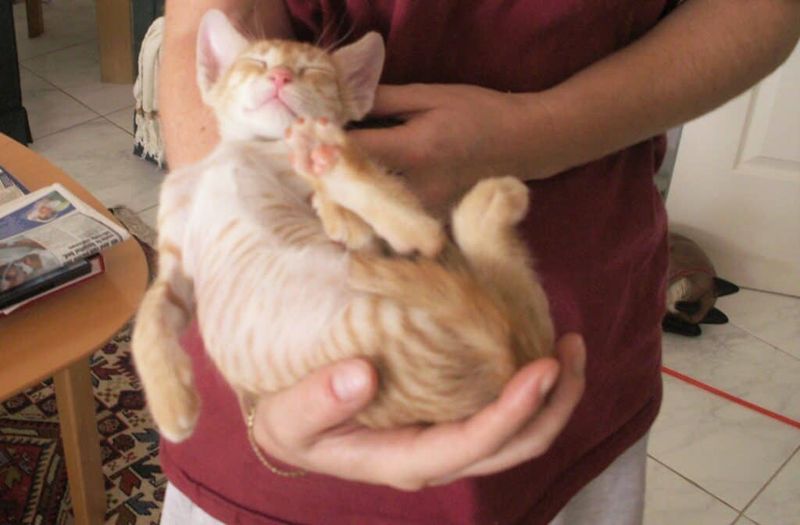
Unlike dogs, cats set their own schedules for cuddles. Trying to hold or pet an unwilling cat typically results in a stressed pet and possibly scratched arms.
Respect your cat’s boundaries and let them initiate contact. Create positive associations by offering treats during gentle interactions. Never grab or restrain cats for affection. Most felines become more loving when they feel secure and respected. Patience yields a stronger bond than forced handling.
14. Adopting Without Considering Lifespan Commitment
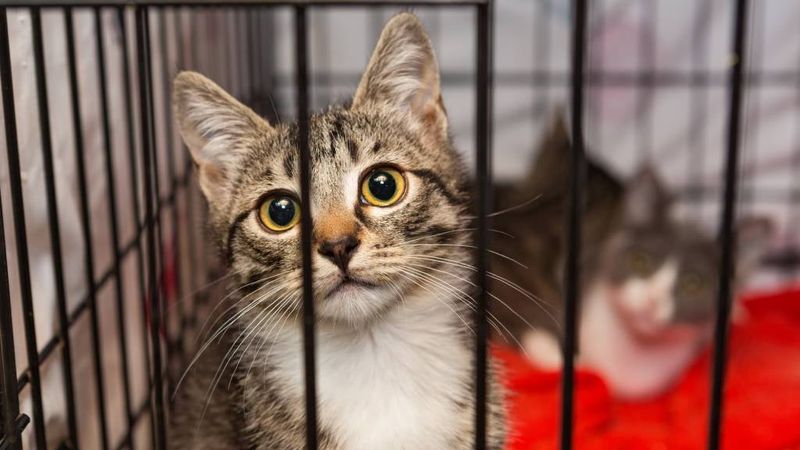
Bringing home a kitten means potentially signing up for two decades of care. Many adopters focus on the adorable present without considering future life changes like moves, relationships, or children.
Think realistically about your living situation stability, financial security, and long-term plans. If uncertainty exists, consider adopting an older cat with a shorter expected lifespan. Always have a backup plan for your cat’s care should circumstances change unexpectedly.
15. Letting Cats Roam Freely Outdoors
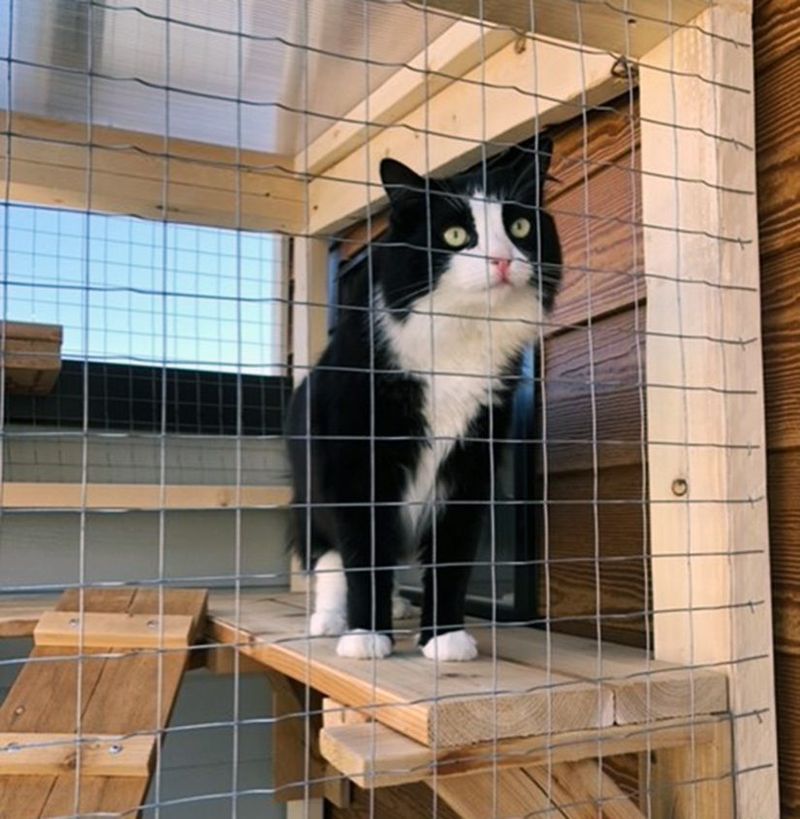
The outdoor world presents countless dangers to domestic cats, from predators and diseases to cars and cruel humans. Indoor cats typically live 3-5 times longer than those allowed to roam freely.
Create a stimulating indoor environment with climbing spaces, hiding spots, and interactive toys. Consider compromise options like catios (screened porches), window perches, or harness training for supervised adventures. These alternatives provide enrichment without exposure to deadly hazards.
16. Ignoring Socialization Needs
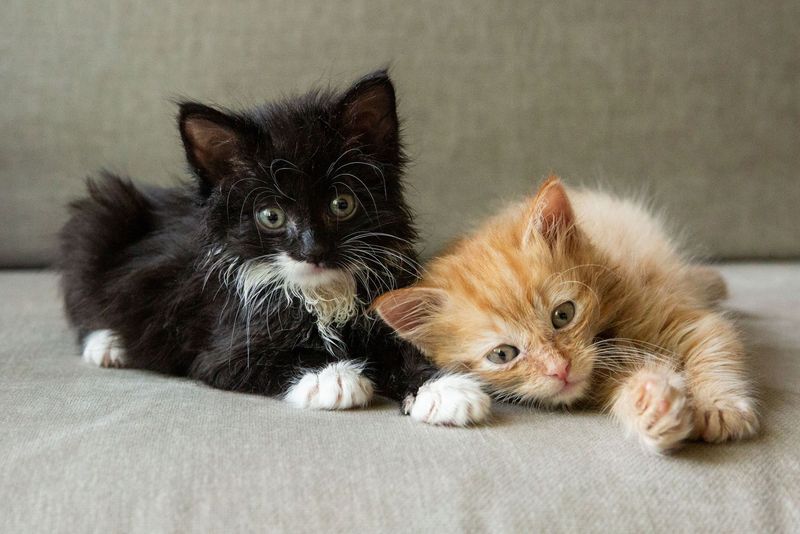
Contrary to their independent reputation, cats need proper socialization to develop into confident companions. Kittens have a critical socialization period (2-7 weeks) that shapes their future personality.
Expose young cats to various people, gentle handling, and household sounds. For older adopted cats, provide gradual introduction to new experiences with positive reinforcement. Even adult cats benefit from ongoing socialization to prevent fearfulness and aggression. Regular, positive interactions help build a well-adjusted feline friend.
17. Overlooking Enrichment Needs
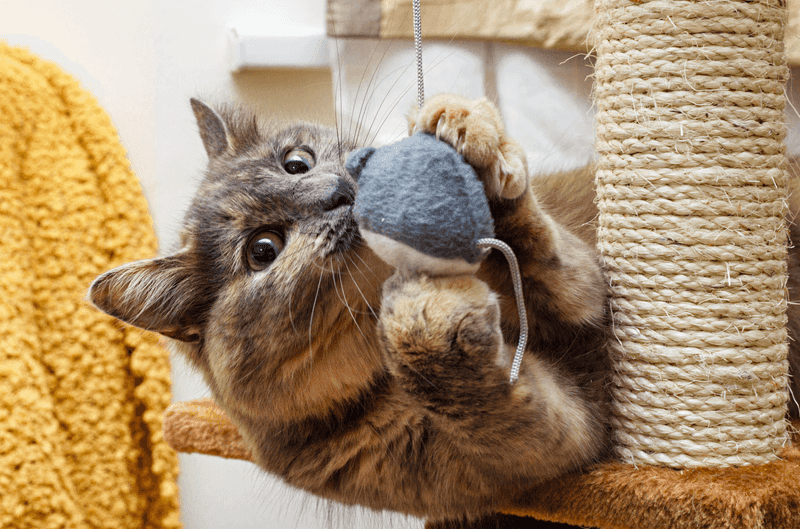
Bored cats become destructive cats. Many behavior problems stem from insufficient mental and physical stimulation, especially for indoor felines.
Rotate toys regularly to maintain interest. Provide puzzle feeders that make cats work for treats. Create vertical space with cat trees and shelves.
Schedule daily interactive play sessions using wand toys that simulate hunting. Mental engagement prevents obesity, reduces stress behaviors like overgrooming, and strengthens your bond.


